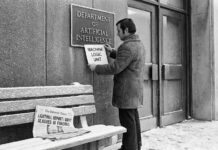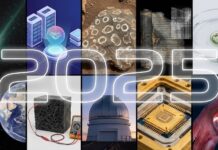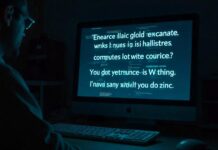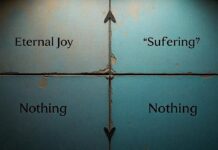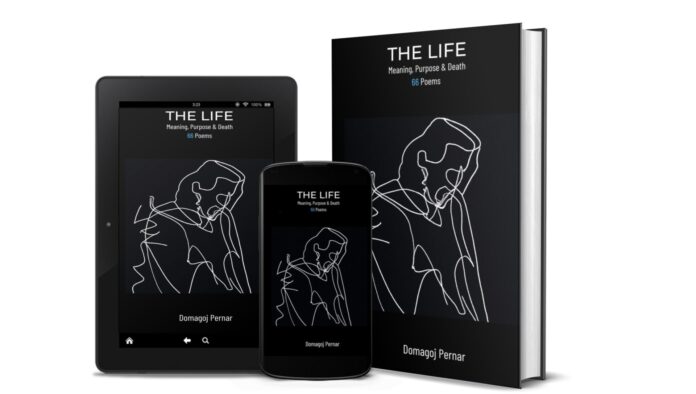
I’ve just published my second book called: “The Life: Meaning, Purpose & Death.” However, this time it is something completely different. First, this is a book of poetry. Second and more important, this book was written by Hybrid Intelligence – The Symbiotic Relationship Between Human and Artificial Intelligence. Or to be more precise this book was written by ChatGPT (OpenAI).
Book consists of 66 poems about meaning, purpose and death accompanied with 69 illustrations. All created by OpenAI (ChatGPT & DALL-E) with co-author (myself) giving ideas, context, and structure.
So, artificial intelligence did all the hard work (rhyming & writing poems) while I created structure, all editing and of course everything related to publishing.
Having said that, let me describe more about the authoring process, book content and overall experience.
NOTE: You can get the book on Amazon in Kindle, Paperback and Hardcover format.
How can Artificial Intelligence write poetry?
I am sure by this point, everyone in the world has heard something about OpenAI and their two famous products: ChatGPT and DALL-E.
Generative Pre-trained Transformer (GPT) is basically AI chatbot auto-generative system powered by enormous amounts of data and computing procedures to make predictions about connecting words together.
DALL-E is something similar but in this case it uses text descriptions to generate images. And it works so well that you will be amazed, if you haven’t tried it yet.
ChatGPT & DALL-E are so good that they really have potential to change the world. With the help of ChatGPT you can write essays, programming code, it can answer any questions you have and it can have a conversation with you.
Additionally – it is very good for rhyming and writing poems. Essentially, you just need to type: “write a poem about love” and it will do so in a matter of seconds. In addition the poem will actually sound pretty good and with the real context of the subject you instructed it to do so.
And so, that’s how this book of poetry was written. I instructed ChatGPT to write me a poem about the meaning of life. Then about purpose and then about death. And I did that 66 times because book consists of 22 poems about meaning, 22 poems about purpose and 22 poems about death.
Now, there is a caveat – you shouldn’t just ask it (him/her?) 22 times the same question because most poems will sound very similar. You need to add additional context to create the structure of the book and flow of the poems.
For example, one time you give following instruction:
“Write me a poem about meaning of life and suffering.”
For second poem you should mix it up like:
“Write me a poem about meaning of life and love.”
Then:
“Write a poem about shortness of life and meaning.”
You got the point.
Of course, after that I added poems in Microsoft Word and started editing so it can be published. So that is the writing part.
Let’s switch to the illustrations part.
As you can see in the picture below, every poem is accompanied with illustration.
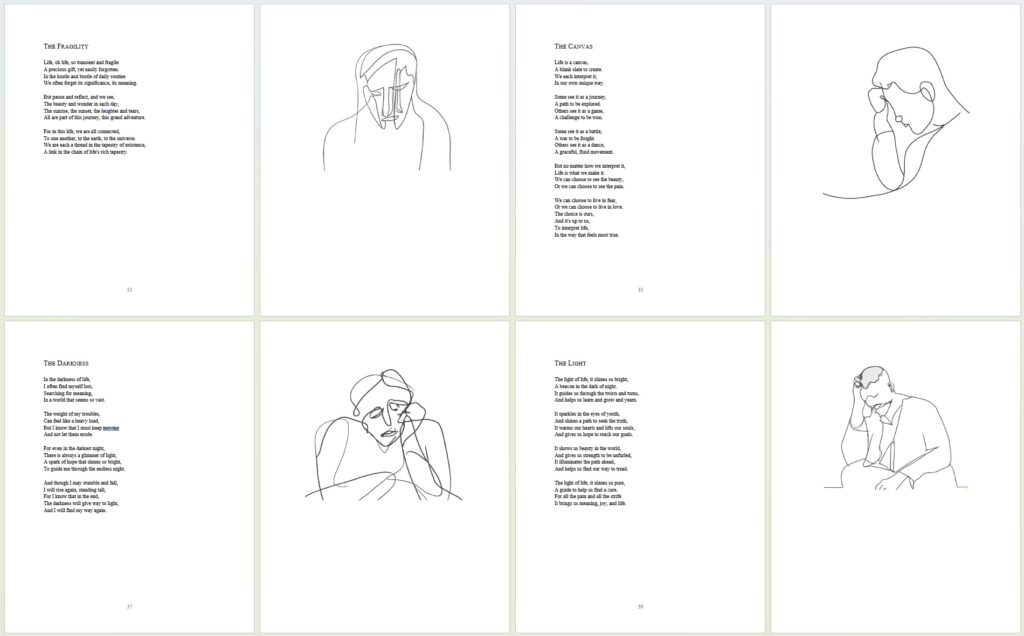
That is where DALL-E comes into picture. No pun intended 😊
Basically, you can describe to DALL-E anything you want to see and it will create a painting or photograph. You can even instruct it to paint in a specific style.
For example:
“Paint a pink frog on the moon in Salvador Dali style.”
Or:
“Create a painting of weird world apocalypse in Da Vinci style.”
In my case I was using following wording:
“Create one line drawing of person thinking.”
Whatever the subject was, I always used “one line drawing” instruction because that kind of painting serves best for poetry books.
After I had all drawings and all poems, I started to organize everything in Word and the rest is history – we now have the first ever book of poems about the meaning of life created by Artificial Intelligence (AI).
Now, of course I am aware that this is not first ever AI generated book of poetry but it is on these subjects: Meaning, Purpose & Death.
Ok, so with that let’s move to the structure of the book.
AI Book – The Structure

As mentioned at the beginning of this article, the book consists of 66 poems and 69 illustrations. Book is divided into three parts; Meaning (22 poems), Purpose (22 Poems) & Death (22 poems).
MEANING consists of following poems:
Where Is It, The Question, The Mystery, The Wonder, The Journey, The Path, The Moment, The Cycle, The Gift, The Significance, The Fragility, The Canvas, The Sweetness, The Darkness, The Light, The Curiosity, The Nothingness, The Emptiness, The Joy, The Hypothesis, The Resurrection, The Final Clue.
PURPOSE consists of following poems:
What Is It, The Fire, The Water, The Air, The Earth, The Guide, The Reason, The Course, The Aim, The Role, The Chase, The Beacon, The Struggle, The Force, The Twist, The Road, The Suffering, The Pain, The Relief, The Problem, The Equation, The Solution.
DEATH consists of following poems:
The Birth, The Childhood, The Adolescence, The Life, The Span, The Fate, The Burden, The Load, The Thought, The Definition, The Prognosis, The Acceptance, The Forgiveness, The Remembrance, The Spark, The Window , The Door, The Channel, The Eternity, The Perception, The Soul, The End
The Conclusion
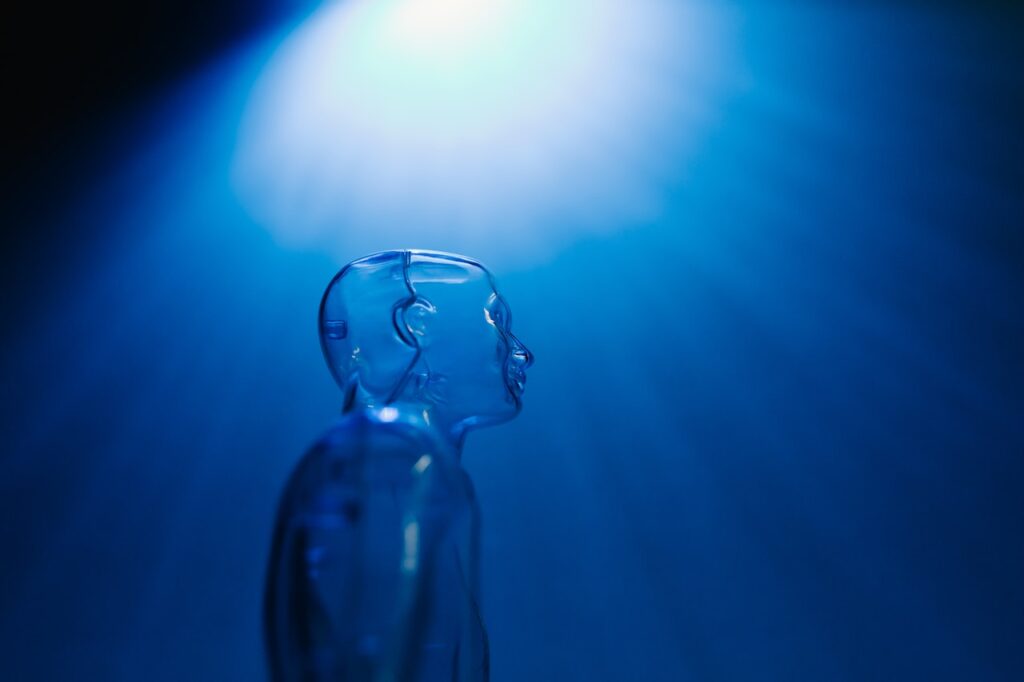
Having AI that can help you write a book of poetry is very fun. Unquestionably, for me it was an interesting journey exploring AI possibilities by creating poetry book and especially poetry book about such important topics like meaning of life and death.
Will AI content creation one day replace human content creation? On some level it will for sure, but our creativity will certainly surpass AI’s for years to come. But for how long?
This is the question that many people and even experts in that field don’t have an answer to.
But just think for a moment about current possibilities and potential development in the next 10 years. Will we have OpenAI gadgets in our hands that will answer all our questions or help us communicate in every language instantly? For sure we’ll have something like that. Heck, those gadgets are already semi-available.
But then try to extrapolate advances in AI and what it will really do for us. Or against us.
By against us I don’t mean anything like those apocalyptic movies. What I mean is the potential for people to become completely dependent on such technologies. For example let’s try to think about standard human being in 100 or 1000 years? Will he or she or they or it have any thought or skill by themselves? Potentially not because everything will be possible and achievable by AI. Future human will only need to lay on his/her/their/xeir couch and think about anything and it will become available. Either physically either product of the mind connected to AI.
Now this is potentially scary thought, because we could lose ourselves in deepest possible sense.
Then there will not be any meaning or purpose to pursue, because AI would do that for us.
But then again, perhaps it will enable us to flourish with our minds and souls. To give us free time to do whatever we like, to pursue our dreams and our creativity.
Hopefully, it will be so.
Until then, seek your purpose and your meaning as it is only energy pushing us forward.
And at the end, it wouldn’t be fair to close this article without one of AI poems about meaning of life:
The Question
The meaning of life is a question, That has puzzled us all.
We search for answers, In the depths of our soul.
Is it to love and be loved, To find happiness and joy,
To make a mark in this world, And leave a legacy to employ.
Perhaps it’s to seek truth, And find our inner peace,
To live in harmony, And never cease.
Or maybe it’s to help others, And make a difference in their lives.
To share our gifts and talents, And spread kindness and light.
But in the end, the meaning of life, Is truly up to us.
To find and create. In our own unique way, we must.
Note: If you’re interested in similar articles, we’d recommend to check out:











